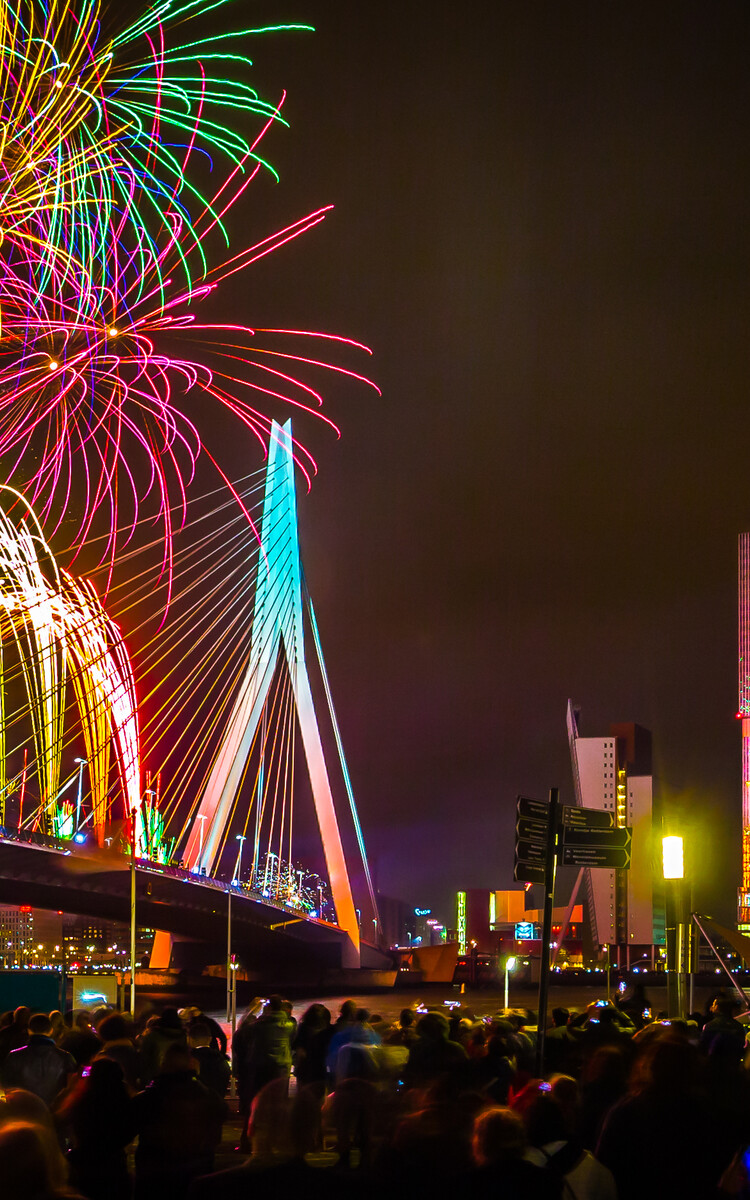




Rotterdam is continually evolving. The city is famed for its great diversity of 20th-century architecture as well as its newer ultramodern structures.
In this article, we shine a spotlight on one of Rotterdam Central District’s iconic buildings: Hofplein 19. With this year marking the 50th anniversary of its architect C.A. Abspoel’s death, now is the perfect time to take a closer look at this marvellous structure.
Hofplein 19 was originally the headquarters of Shell. C.A. Abspoel was a natural choice to supply the design, being Shell’s company architect. Initially conceived as a five-storey office, it ultimately became the nine-story building we now know. The project broke ground in December 1957 and in August 1960 the opening celebration was held with Mayor van Walsum presiding. Shell’s arrival in the Central District immediately enhanced the port city’s standing.
In dit artikel zetten we een van de iconische gebouwen van Rotterdam Central District in de schijnwerpers: Hofplein 19. Met het 50-jarig jubileum van haar architect C.A. Abspoels overlijden, is nu het perfecte moment om dit prachtige bouwwerk van dichterbij te bekijken.
Hofplein 19 was oorspronkelijk het hoofdkantoor van Shell. Abspoel was een logische keuze om het ontwerp te leveren, als bedrijfsarchitect van Shell. Aanvankelijk bedacht als een kantoor van vijf verdiepingen, werd het uiteindelijk een gebouw van negen verdiepingen zoals we die nu kennen. Het project startte in december 1957 en in augustus 1960 vond de feestelijke opening plaats onder voorzitterschap van burgemeester van Walsum. De komst van Shell in het Central District versterkte meteen de reputatie van de havenstad.
The construction material chosen for Hofplein 19 was robust reinforced concrete. Because of the location, the whole building was soundproofed so workers wouldn’t be disturbed by the noise of trains and traffic. To stabilize the concrete frame, the building got heavy side walls, a north wall and concrete lift. The offices were connected by stairwells on either end of a central hall. Inside was a multitude of artworks, but the Shell logo had pride of place on the façade.
Shell left the building in 1999, and at first it proved a difficult space to lease. These days, however, it is home to four stellar businesses and corporations. On the outside, a lot has changed over the years. In 1989 a mirror-glass façade was added. A 2018 renovation by the firm OZ architect replaced this with a transparent glass façade and also opened up the interior space. Now, visitors are welcomed into a modern glass pavilion.

/_750x1200_crop_center-center_90_none_ns/Binnenwegplein-Claire-Droppert.jpg?v=1695199675)






